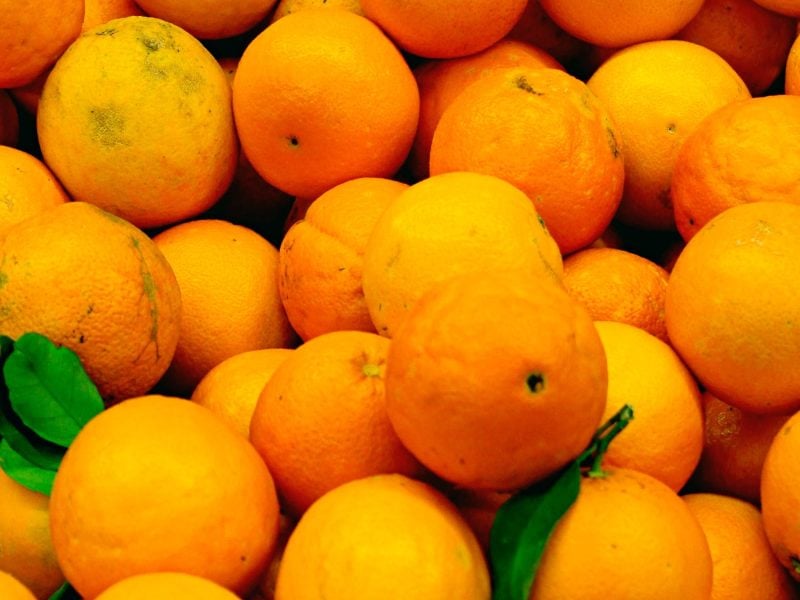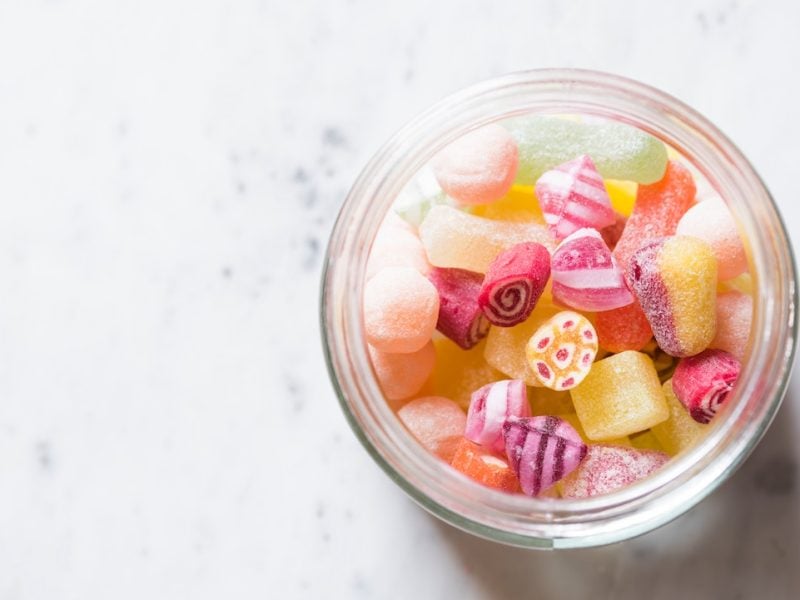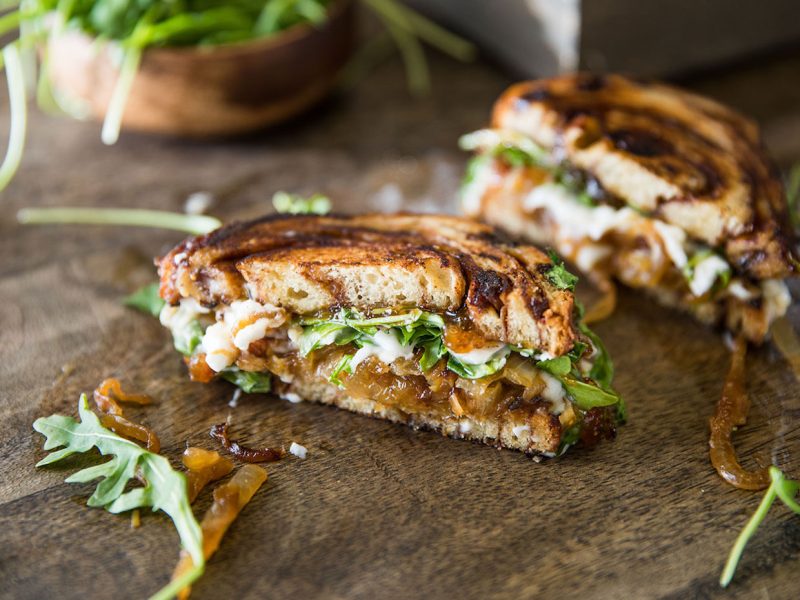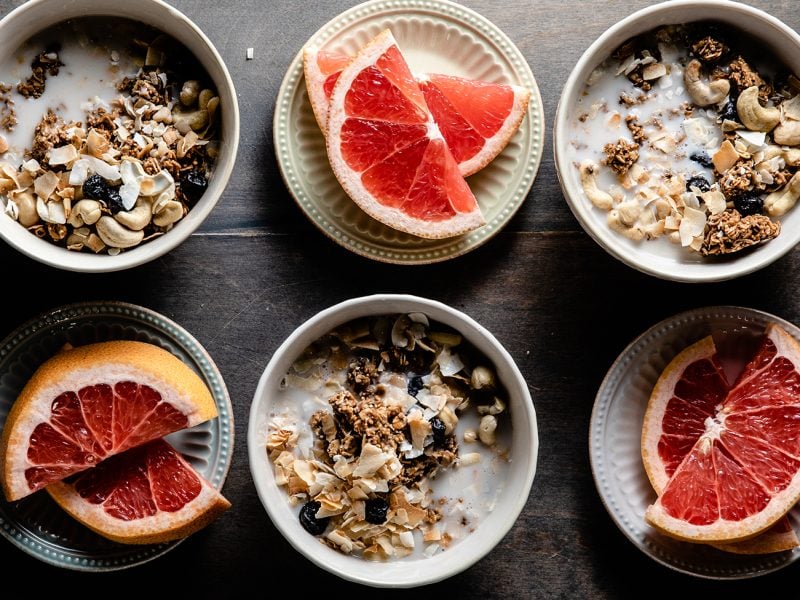A Plethora of Protein Sources for a Plant-Based Diet
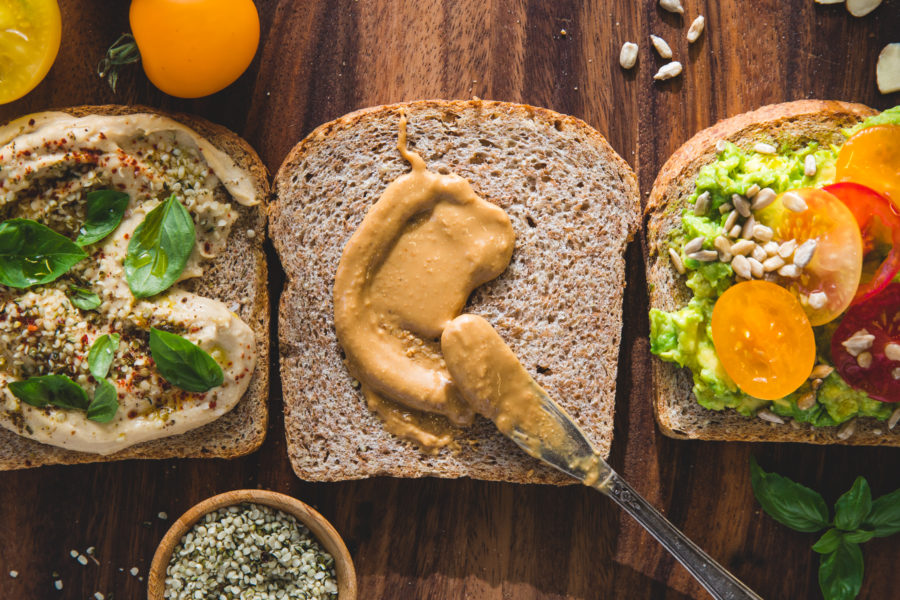 One of the perceived challenges of eating a plant-based diet is getting enough protein. It’s a valid concern since protein is critical for ensuring your body is growing, developing, and function properly, and most of us are taught it comes from animals. But, no worry, there are many plant-based sources for protein out there.
One of the perceived challenges of eating a plant-based diet is getting enough protein. It’s a valid concern since protein is critical for ensuring your body is growing, developing, and function properly, and most of us are taught it comes from animals. But, no worry, there are many plant-based sources for protein out there.
Protein can be found in things like walnuts, pumpkin seeds, tahini, and even potatoes. If you’re eating healthily, you’re likely getting a good amount of protein in your plant-based diet already.
That said, there are some foods that will really deliver the protein (and the essential amino acids that are the building blocks of protein) you need in spades. Include these in your diet to ensure your a sufficient protein intake.
QUINOA
Full of fiber, iron, magnesium, and manganese, quinoa is a quick and easy way to get your amino acids and essential nutrients.
BUCKWHEAT
Actually a plant, this relative of rhubarb is the main ingredient in soba noodles. But buckwheat is versatile, try using it for pancakes or in chili.
SOY
The go-to protein source for many plant-based eaters, soy comes in a number of forms. Try adding tofu, tempeh, or natto to your meals. Hint: the firmer the tofu, the higher the protein content.
EZEKIEL BREAD
Bake wheat, barley, beans, lentils, millet, and spelt together for an outrageously nutritious bread chalk full of protein.
MYCOPROTEIN
A fungus, mycoprotein is packed with complete protein. Note for vegans, sometimes the mixture is held together with egg whites, so make sure to read the package when purchasing.
RICE & BEANS
One of the most well-known protein substitutes, rice and beans have approximately the same protein value as meat. For variety, swap in lentils or chickpeas.
HUMMUS & PITA
Whether you make your hummus with chickpeas or other legumes, this is a nutritious and delicious combo.
SPIRULINA & GRAINS or NUTS
It might not be on your radar yet, but it should be. Mix spirulina with grains, oats, nuts, or seeds into bars or smoothies.
SEITAN with SOY or TAMARI
Quick warning: seitan is made by mixing gluten with herb, spices, and a liquid, so if you have celiac disease, skip this one. But, if your body is a-ok with gluten, give this a try.
And if all else fails reach for a classic: peanut butter and wheat bread. Mixing legumes with grains is a no-fail way to get the protein your body needs.


